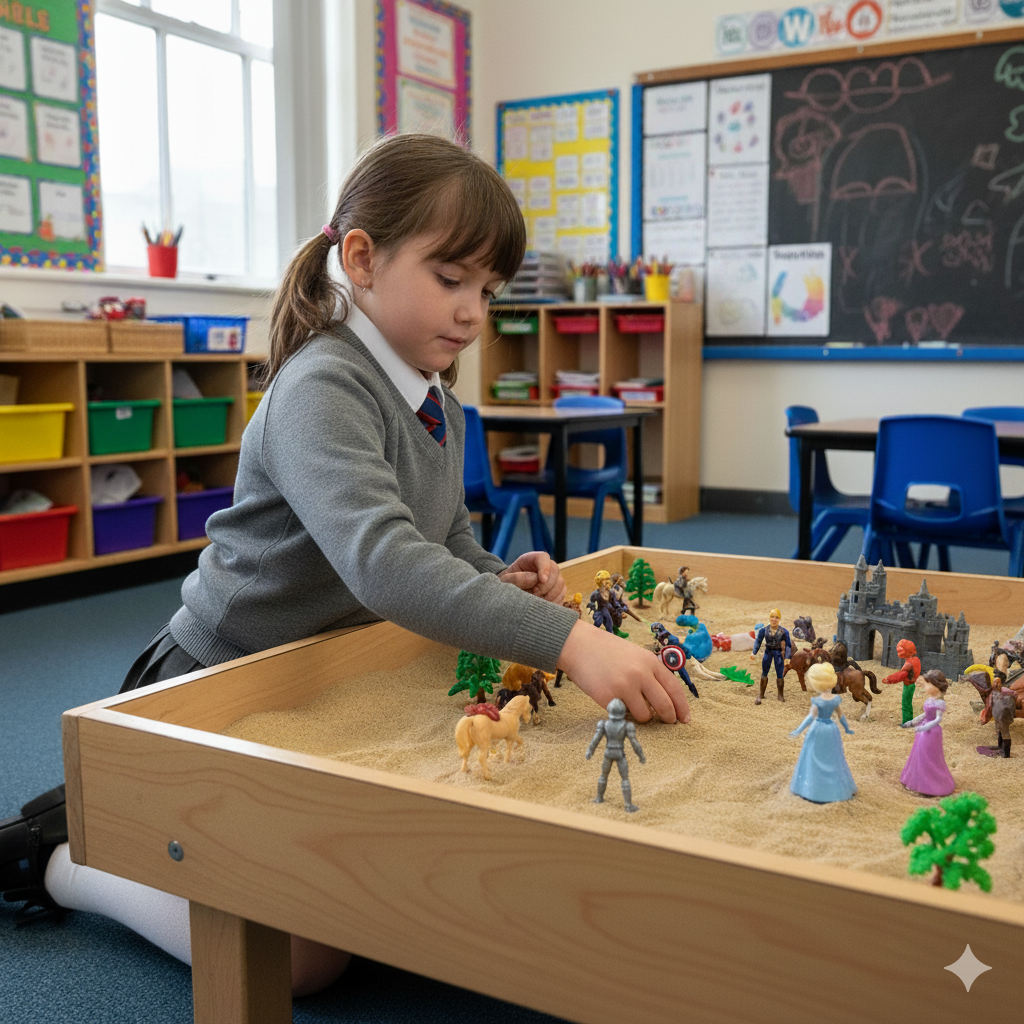
LIFELONG THERAPEUTIC LEARNING:
-
Learn more

Drawing and Talking allows individuals to discover and communicate emotions through a non-directed technique, setting it apart from existing solution-focused and cognitive-based therapies and interventions
Learn more
Creators of a global proactive intervention intended to complement rather than replace the work of Specialist Mental Health Services
Working with vulnerable
-
Courses
Drawing and Talking has proved invaluable with secondary aged students who find it difficult to talk about their emotions.

Our team's commitment to high quality services provides you with peace of mind.
Individuals
Creators of global proactive intervention intended to complement rather than replace the work of Specialist Mental Health Services.
Organisations
In-house training days are the most cost effective way to train groups of 20 or more staff in the Drawing and Talking therapeutic technique. We offer both Zoom and in-person options.
- Blog
-
Practitioners
In our 20-year history, we have built a community of 20,000 Drawing and Talking Practitioners.
Our Drawing and Talking Practitioners are committed to high-quality therapeutic support. Our Accredited Practitioners maintain an active Drawing and Talking Membership, which includes regular CPD and supervision and coaching. This ensures safe, reflective and effective practice.
- Contact us
- Book now
How is the use of technology impacting our young people’s emotional wellbeing

It is well researched and documented how much time children are spending online and accessing data. I myself see young people sitting next to each other, heads down moving their fingers at a rate any PA would be enviable of, whilst ‘chatting’ to the person next to them or watching someone else playing a game!
But to what ends do young people believe this is ‘being with’ another human being and what is the long term impact.
As Government move towards providing children with more online applications to support mental health, we need to consider how much these communications will enable children to process pain and trauma in a safe and contained environment. Are interactive software systems used for providing CBT type therapies really the most effective way forward, or is this a short-sighted solution, and way of reducing waiting times?
Humans are pack animals, and whilst I do not dispute the internet and technology is one of the greatest and most powerful inventions of the 20th century, human beings neurobiological processing relating to trauma and pain has not progressed at the same rate, therefore we see a gap. Is this where some of the ‘Mental Health Epidemic’ is routed?
Are we as professionals able and in a position to provide one to one human emotional support to those in need?
Being in the physical presence of an adult for whom children and young people feel safe; and using time to work through pain and trauma will always provide at least the opportunity for our young people to experience someone is on their side. A fundamental attribute of the human genetic makeup, a sense of belonging and being accepted.
Are we really committed to pushing 5-18 year olds into spending more time believing that online applications are the same as creating connections with another human being? We know more than half of all mental health issues begin before the age of 14. Early intervention is the key.
Latest news
December 10, 2019
December 10, 2019



